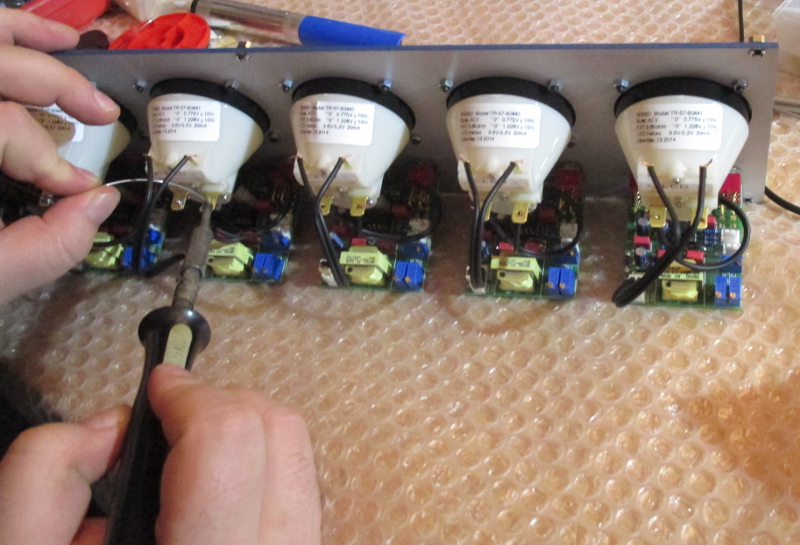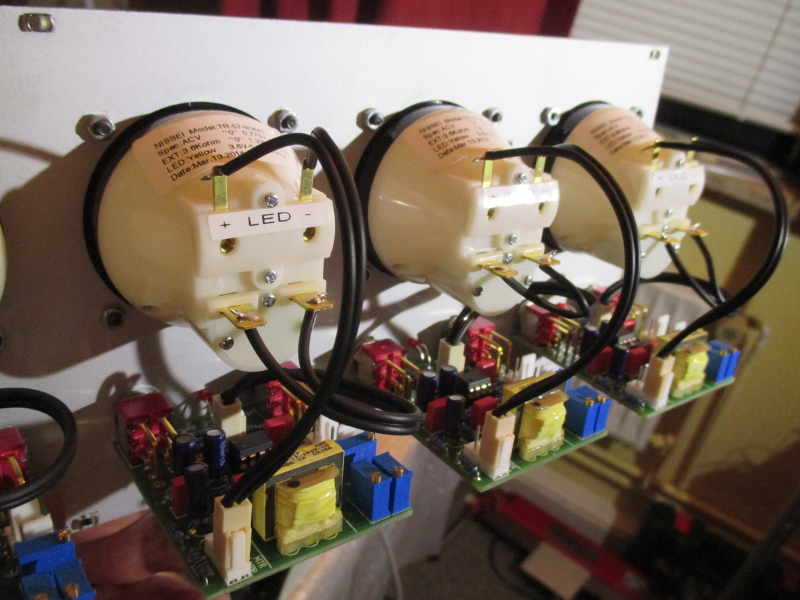Hi Ian, hope your recovery is going well...
I've just seen you'd included in your docs an eq like the one I introduced couple of month ago 3bandeq/basiccct.png
I wonted to know if you have tried it and if you found any uses for it or is just there as reference? If it did I'm happy you make use of it, I've lost the track to all this project, universal eq included... If I had the money to build one I would be on board too, but at the moment is too expensive for me just to buy the tubes and transformers for a couple of channels but would be a good project for me when the time is right I think.
JS
I've just seen you'd included in your docs an eq like the one I introduced couple of month ago 3bandeq/basiccct.png
I wonted to know if you have tried it and if you found any uses for it or is just there as reference? If it did I'm happy you make use of it, I've lost the track to all this project, universal eq included... If I had the money to build one I would be on board too, but at the moment is too expensive for me just to buy the tubes and transformers for a couple of channels but would be a good project for me when the time is right I think.
JS




































